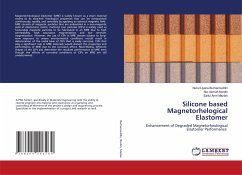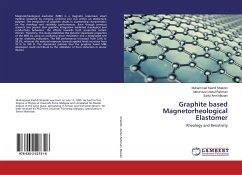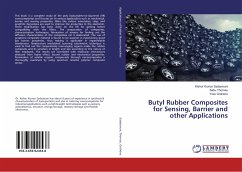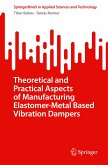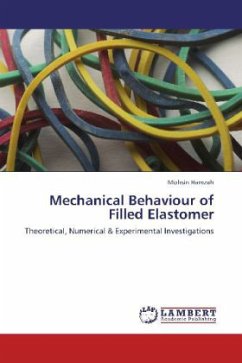Magnetorheological elastomer (MRE) is widely known as a smart material owing to its excellent rheological properties that can be manipulated continuously, rapidly, and reversibly by applying an external magnetic field. MRE consists of magnetic particles that are embedded in a non-magnetic solid of elastomeric matrix. Carbonyl iron particles (CIPs) is widely used as favourable magnetic particles to be fabricated in an MRE due to high permeability, high saturation magnetization and low remnant magnetization. However, the use of CIPs in MRE devices subject to long-term exposure to severe environmental conditions would result in deterioration of the metal base of CIPs that is easily corrosive. CIPs that play a significant role in MRE materials would disrupt the properties and performance of MRE due to the corrosion effect. Nevertheless, different shapes of the CIPs also determine the resultant performance of MRE even though the effects of corroded conditions of CIPs on MRE are still undetermined.

